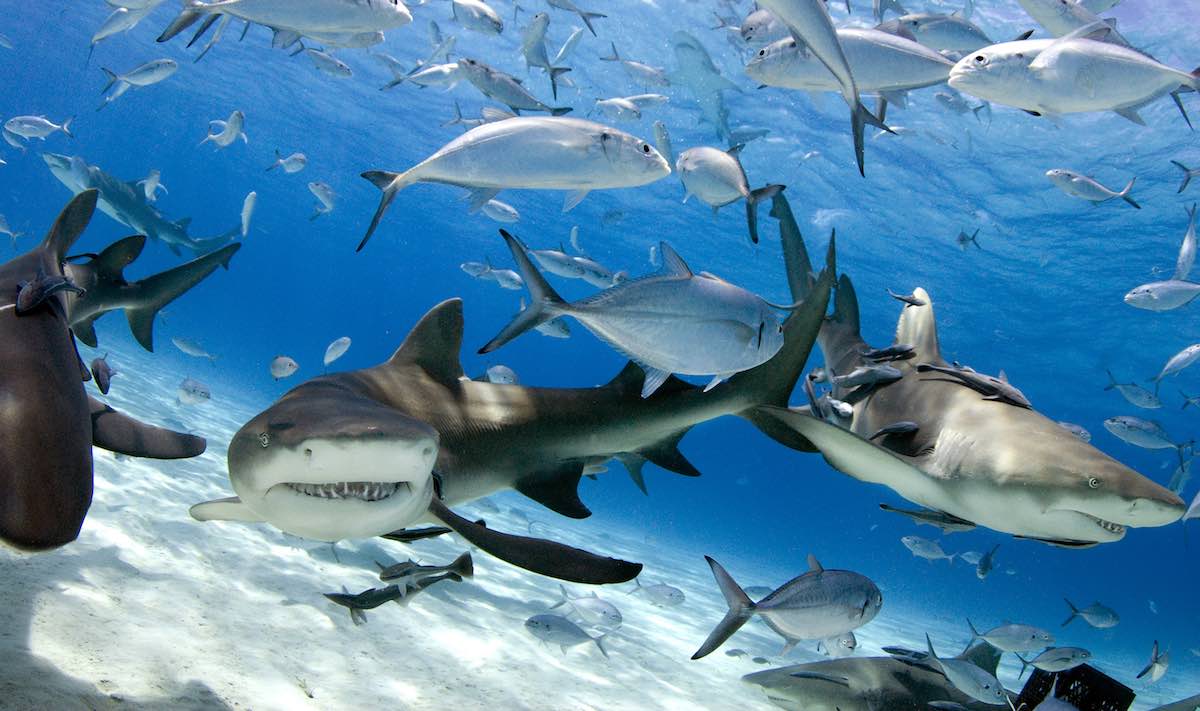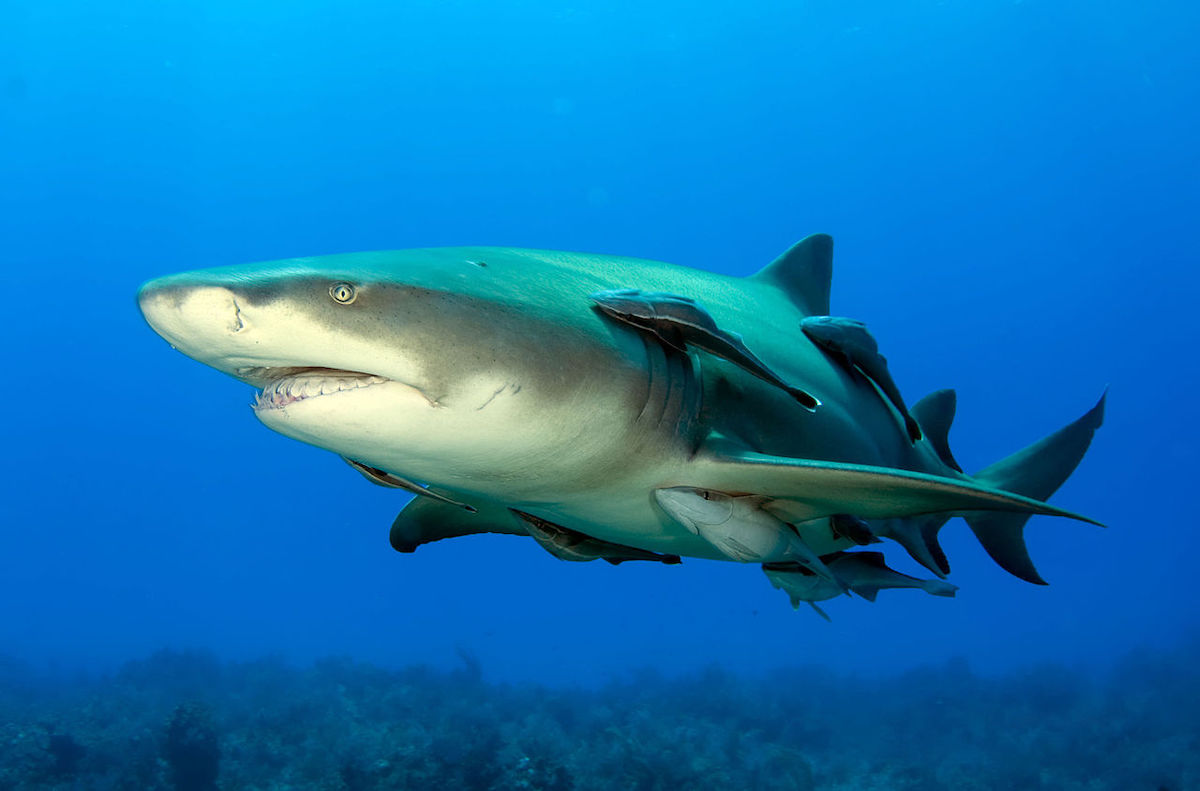Why Are Lemon Sharks Called Lemon Sharks?
And other answers to your lingering questions about this citrus-y shark species

Lemon sharks might not be as famous as other shark species (looking at you, white sharks and hammerheads), but they’re an important part of the Atlantic and eastern Pacific ecosystems. Today we’re giving lemon sharks (Negaprion brevirostris) some much-deserved love by diving into five fun facts about these animals.
At the very least, you’ll have some new shark trivia to impress your friends. But who knows, perhaps lemon sharks will turn out to be your new favorite shark species!
Lemon sharks get their name from their yellow hue
Lemon sharks are, unsurprisingly, named after lemons. They have a yellowish tint to their skin, which is darker on their dorsal (back) side and lighter on their belly. This helps them blend into the sandy habitats where they like to search for food.
You can find these sharks in shallow marine ecosystems like coral reefs and mangroves, or even around docks. Sometimes they’re spotted resting on the seafloor, where they use a technique called buccal pumping to push fresh, oxygen-rich water over their gills.
Lemon sharks are from a famous family
Lemon sharks are part of the family Carcharhinidae, which contains some of the most well-known sharks around the world. Other family members include tiger sharks, blacktip reef sharks, silky sharks, oceanic whitetip sharks and bull sharks. Carcharhinids are also called requiem sharks and are found in tropical and temperate waters. Carcharhinidae is one of the largest families of sharks, and its members have the quintessential “shark” look (hammerheads, for example, with their unusually-shaped heads, are in a different family called Sphyrnidae).

Lemon sharks are pretty social
Lemon sharks are social homebodies—they like to stay in a defined home range and hang out in groups. Juveniles have small home ranges of about 1.5 km or less, which expand as they grow older and larger. Living in groups can have advantages, like reducing the risk of predation, but studies show that these sharks will hang out with each other purely for social interaction, too. They are most likely to associate with other lemon sharks of similar age and size, and can even learn from each other.
Lemon sharks are well studied
Many sharks don’t do well in captivity, especially large species that like to move long distances. But the lemon shark does very well in captivity, meaning scientists can ask all kinds of questions about their behavior and physiology that they might not be able to otherwise. The Bimini Biological Field Station in the Bahamas has been studying lemon shark populations for decades—both in the field and in captivity—which has contributed greatly to our understanding of lemon sharks and shark biology more broadly.
Lemon sharks are at risk
Lemon sharks were recently reclassified from “near-threatened” to “vulnerable” by the International Union for Conservation of Nature (IUCN) Red List. Although near-threatened means it could be at risk of extinction without conservation measures, vulnerable means they’re “facing a high risk of extinction in the wild”. Like many sharks, they are slow-growing and it takes a while for them to reach sexual maturity, meaning they are sensitive to fishing pressure. Lemon shark populations are threatened by fishing, including being caught as bycatch, and habitat degradation.
Want to learn more shark facts? Check out our fact sheets: